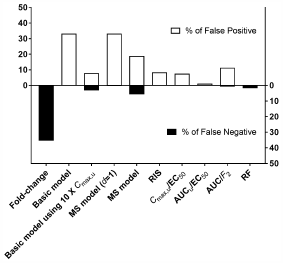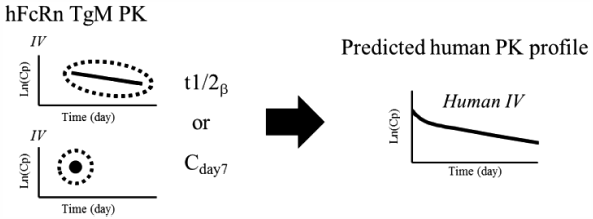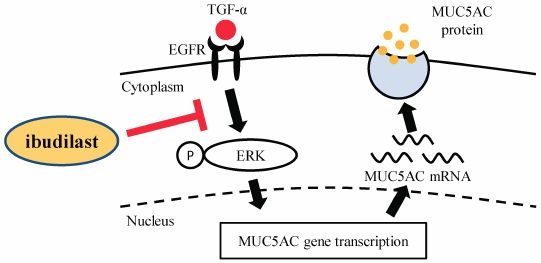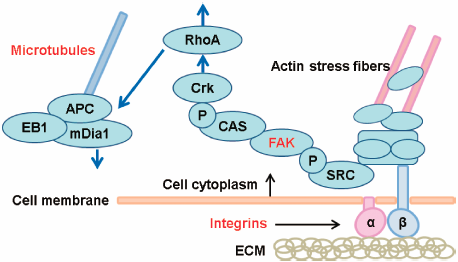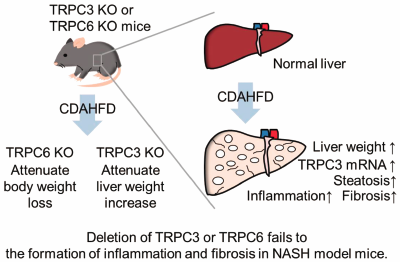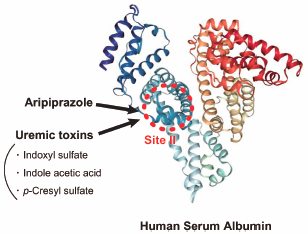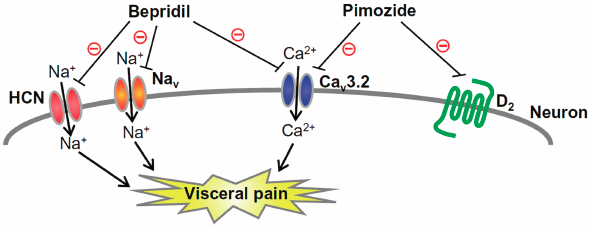- |<
- <
- 1
- >
- >|
-
2021Volume 44Issue 3 Pages 293-297
Published: March 01, 2021
Released on J-STAGE: March 01, 2021
Download PDF (522K) Full view HTML -
2021Volume 44Issue 3 Pages 298-304
Published: March 01, 2021
Released on J-STAGE: March 01, 2021
Advance online publication: December 23, 2020Download PDF (698K) Full view HTML
-
2021Volume 44Issue 3 Pages 305-315
Published: March 01, 2021
Released on J-STAGE: March 01, 2021
Advance online publication: January 13, 2021Download PDF (3019K) Full view HTML -
2021Volume 44Issue 3 Pages 316-324
Published: March 01, 2021
Released on J-STAGE: March 01, 2021
Advance online publication: December 25, 2020Download PDF (3440K) Full view HTML -
2021Volume 44Issue 3 Pages 325-331
Published: March 01, 2021
Released on J-STAGE: March 01, 2021
Download PDF (586K) Full view HTML -
2021Volume 44Issue 3 Pages 332-337
Published: March 01, 2021
Released on J-STAGE: March 01, 2021
Advance online publication: December 19, 2020Download PDF (663K) Full view HTML -
 2021Volume 44Issue 3 Pages 338-349
2021Volume 44Issue 3 Pages 338-349
Published: March 01, 2021
Released on J-STAGE: March 01, 2021
Editor's pickThe authors evaluated the predictability of various methods used to assess clinical CYP3A induction risk based on various in vitro parameters, and demonstrated that correlation methods were better at predicting clinical induction risk than direct methods recommended in guidance/guidelines. Among correlation approaches, the Relative Factor (RF) and AUC/F2 methods showed an especially good correlation with clinical induction, and can be used to assess induction risk along with other correlation methods recommended in guidance/guidelines. These findings may allow researchers to more confidently determine whether or not a clinical induction study should be performed before clinical trials.
Download PDF (2526K) Full view HTML -
2021Volume 44Issue 3 Pages 350-356
Published: March 01, 2021
Released on J-STAGE: March 01, 2021
Advance online publication: December 25, 2020Download PDF (1605K) Full view HTML -
2021Volume 44Issue 3 Pages 357-362
Published: March 01, 2021
Released on J-STAGE: March 01, 2021
Download PDF (499K) Full view HTML -
2021Volume 44Issue 3 Pages 363-371
Published: March 01, 2021
Released on J-STAGE: March 01, 2021
Download PDF (943K) Full view HTML -
2021Volume 44Issue 3 Pages 372-378
Published: March 01, 2021
Released on J-STAGE: March 01, 2021
Advance online publication: January 09, 2021Download PDF (1167K) Full view HTML -
2021Volume 44Issue 3 Pages 379-388
Published: March 01, 2021
Released on J-STAGE: March 01, 2021
Advance online publication: December 26, 2020Download PDF (4389K) Full view HTML -
2021Volume 44Issue 3 Pages 389-395
Published: March 01, 2021
Released on J-STAGE: March 01, 2021
Download PDF (786K) Full view HTML -
2021Volume 44Issue 3 Pages 396-403
Published: March 01, 2021
Released on J-STAGE: March 01, 2021
Download PDF (2375K) Full view HTML -
2021Volume 44Issue 3 Pages 404-409
Published: March 01, 2021
Released on J-STAGE: March 01, 2021
Download PDF (856K) Full view HTML -
2021Volume 44Issue 3 Pages 410-415
Published: March 01, 2021
Released on J-STAGE: March 01, 2021
Download PDF (639K) Full view HTML -
2021Volume 44Issue 3 Pages 416-421
Published: March 01, 2021
Released on J-STAGE: March 01, 2021
Advance online publication: December 16, 2020Download PDF (1134K) Full view HTML -
 2021Volume 44Issue 3 Pages 422-430
2021Volume 44Issue 3 Pages 422-430
Published: March 01, 2021
Released on J-STAGE: March 01, 2021
Editor's pickObese adipose tissue is characterized by increased immune cell infiltration. Adipocyte-immune cell interaction overproduces inflammatory adipokine, which contribute to the development of type 2 diabetes mellitus. The regulation of immune cells infiltration and inflammation in adipose tissue may exert preventive and therapeutic effects on obesity-related diseases. Flavonoids such as hesperidin have anti-inflammatory properties, but their low bioavailability limits their use as drugs and supplements. The authors report that glucosyl hesperidin (GH), a water-soluble derivative of hesperidin, ameliorated glucose intolerance and reduced macrophage infiltration into adipose tissue in high-fat diet-fed mice. These results suggest the usefulness of GH against obesity-related diseases.
Download PDF (1837K) Full view HTML -
 2021Volume 44Issue 3 Pages 431-436
2021Volume 44Issue 3 Pages 431-436
Published: March 01, 2021
Released on J-STAGE: March 01, 2021
Editor's pickTwo transient receptor potential canonical (TRPC) subfamily members, TRPC3 and TRPC6, reportedly participate in the development of fibrosis in cardiovascular and renal systems. This study is to investigate whether TRPC3 and TRPC6 channels also contribute to the formation of nonalcoholic steatohepatitis (NASH) which includes liver fibrosis, using TRPC3 or TRPC6 systemic knockout mice fed with the choline-deficient, L-amino acid-defined, high-fat diet. The authors found that systemic deletion of TRPC3 or TRPC6 gene alone failed to attenuate liver dysfunction and fibrosis in NASH model mice.
Download PDF (1270K) Full view HTML -
 2021Volume 44Issue 3 Pages 437-441
2021Volume 44Issue 3 Pages 437-441
Published: March 01, 2021
Released on J-STAGE: March 01, 2021
Editor's pickAripiprazole (ARP), an antipsychotic drug, binds strongly to site II on human serum albumin (HSA). In this study, the issue of how uremic toxins (indoxyl sulfate, indole acetic acid and p-cresyl sulfate) affect the binding of ARP to HSA were investigated. Authors demonstrated that these uremic toxins inhibit the binding of ARP to diazepam subsite within site II, and these inhibitory effects were more significant, comparing with those on the drug binding to arylpropionic acids subsite. These findings provide important information for considering the pharmacokinetics of ARP and the drugs that bind to site II during renal diseases.
Download PDF (748K) Full view HTML -
 2021Volume 44Issue 3 Pages 442-447
2021Volume 44Issue 3 Pages 442-447
Published: March 01, 2021
Released on J-STAGE: March 01, 2021
Editor's pickBy combining whole-brain activation mapping of neurons activated in response to dopamine D1 and D2 receptor antagonists with non-bias analysis, Niu et al. provide the direct evidence that the orbital cortex in addition to the striatum are important brain areas associated with DA antagonists-induced movement abnormality.
Download PDF (1732K) Full view HTML
-
2021Volume 44Issue 3 Pages 448-452
Published: March 01, 2021
Released on J-STAGE: March 01, 2021
Download PDF (470K) Full view HTML -
2021Volume 44Issue 3 Pages 453-457
Published: March 01, 2021
Released on J-STAGE: March 01, 2021
Download PDF (700K) Full view HTML -
2021Volume 44Issue 3 Pages 458-460
Published: March 01, 2021
Released on J-STAGE: March 01, 2021
Download PDF (380K) Full view HTML -
2021Volume 44Issue 3 Pages 461-464
Published: March 01, 2021
Released on J-STAGE: March 01, 2021
Download PDF (668K) Full view HTML
- |<
- <
- 1
- >
- >|







